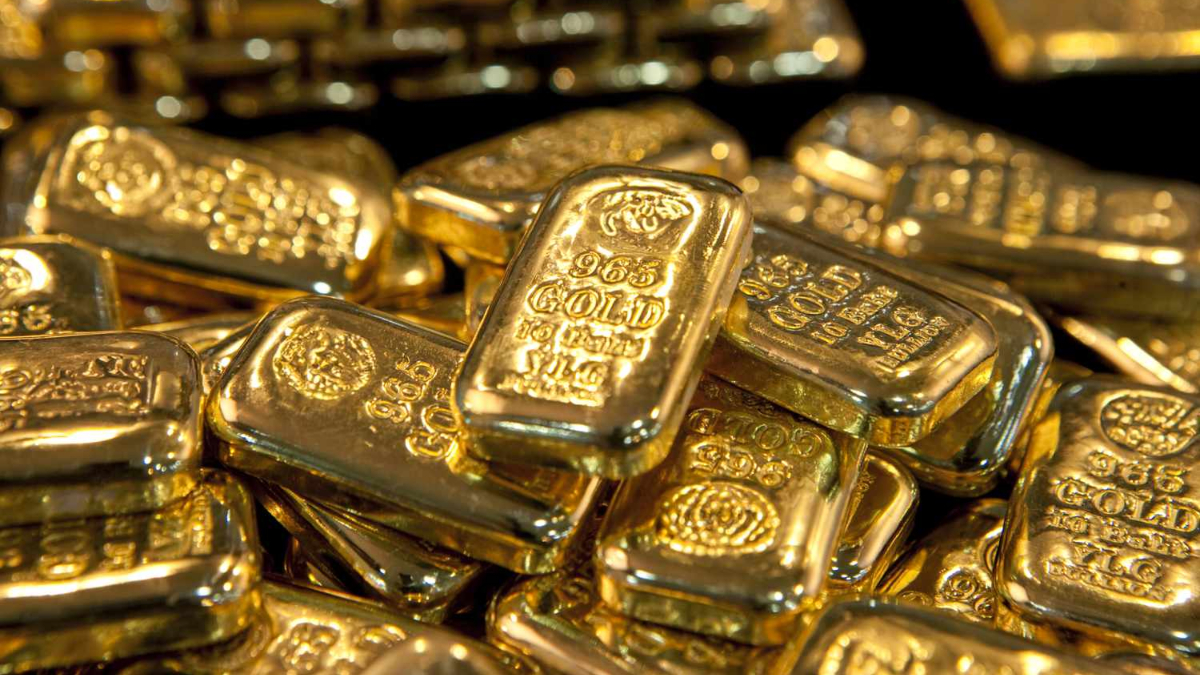The Bangko Sentral ng Pilipinas (BSP) revealed that it sold a significant amount of gold in the first half of 2024, making it the largest seller of precious metals during this period. The move was part of the central bank’s strategy to actively manage the country’s gold reserves, which form a crucial part of the Philippines’ gross international reserves.
According to the BSP, the decision to sell gold was influenced by rising market prices, allowing the bank to generate additional income without compromising the safety and insurance purposes of holding the asset.
The central bank’s gross international reserves consist of a mix of foreign investments, gold holdings, and foreign currency. They also include the Philippines’ claims on the International Monetary Fund (IMF), such as its position in the fund and special drawing rights.
Data from bestbrokers.com, citing the World Gold Council, indicated that the BSP sold 24.95 tons of gold, reducing the country’s holdings to 134.06 tons. This positioned the Philippines as the top seller of gold globally, followed by Thailand with 9.64 tons, Uzbekistan with 6.22 tons, Mongolia with 1.33 tons, and Singapore with 1.18 tons. However, the BSP did not confirm the exact quantity sold.
Despite these sales, the Philippines’ gross international reserves remained robust, climbing to $107.9 billion by the end of August 2024 from $103.8 billion at the close of December 2023. This figure is equivalent to 7.8 months’ worth of imports and provides a sufficient buffer for the country’s external liquidity needs.
The BSP emphasized that the current reserve level also represents 6.0 times the country’s short-term external debt based on original maturity and 3.8 times based on residual maturity.






